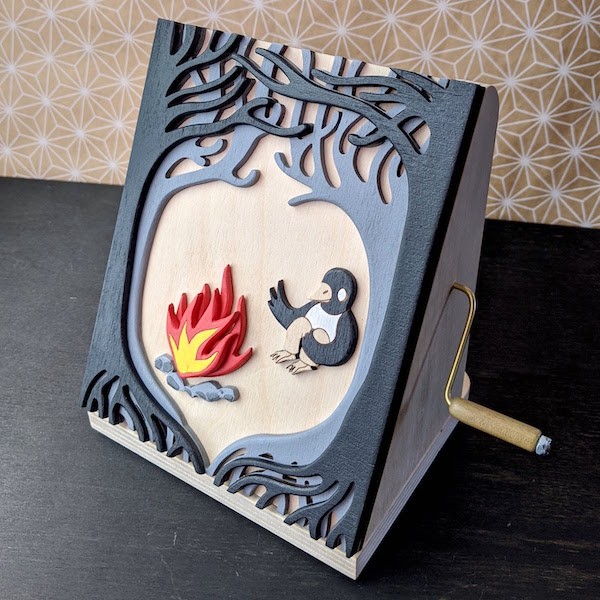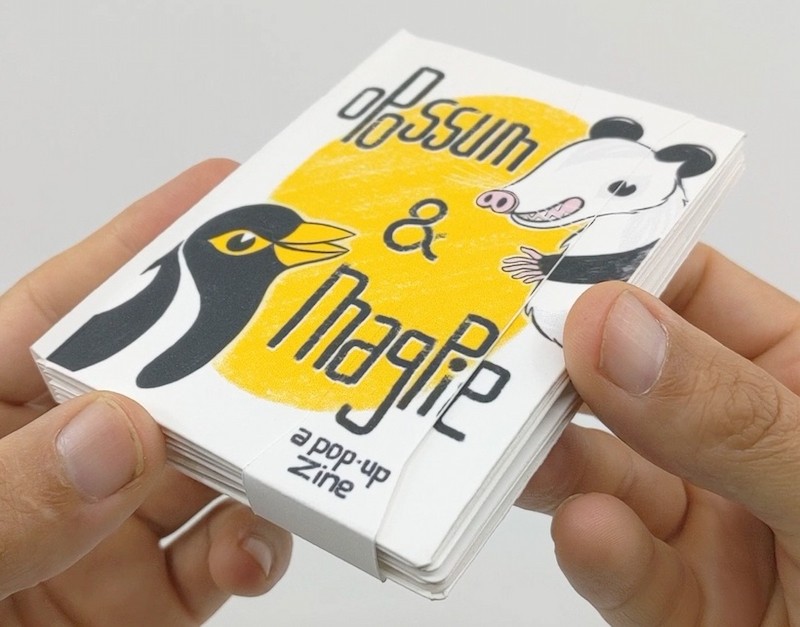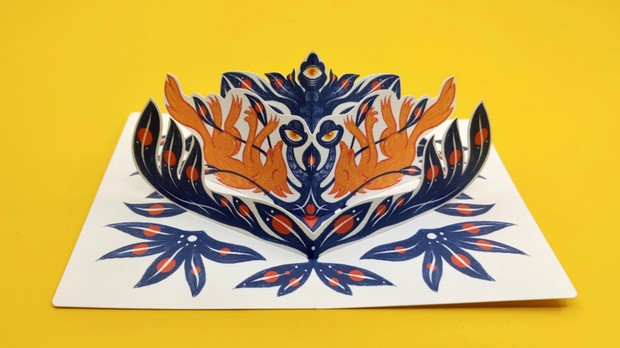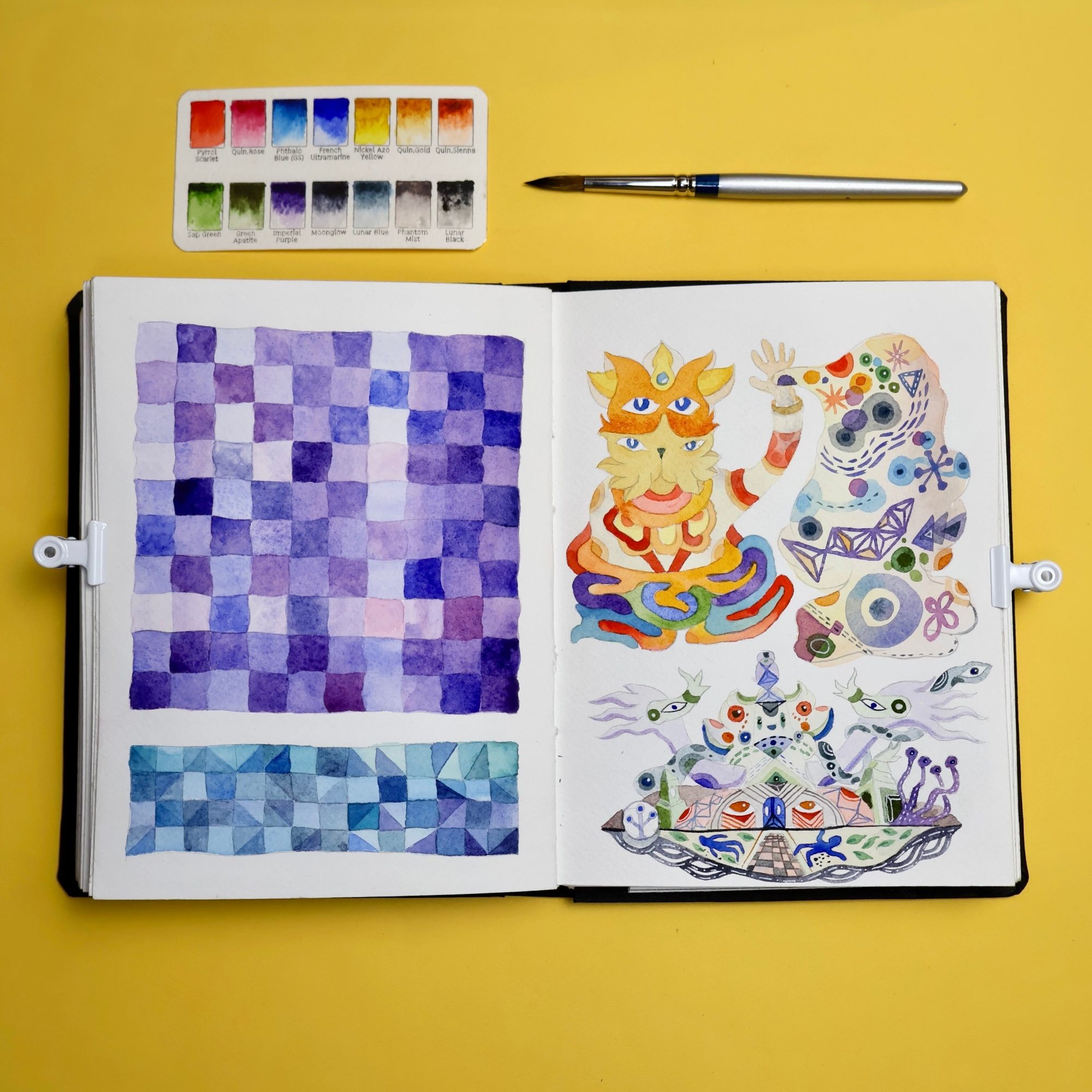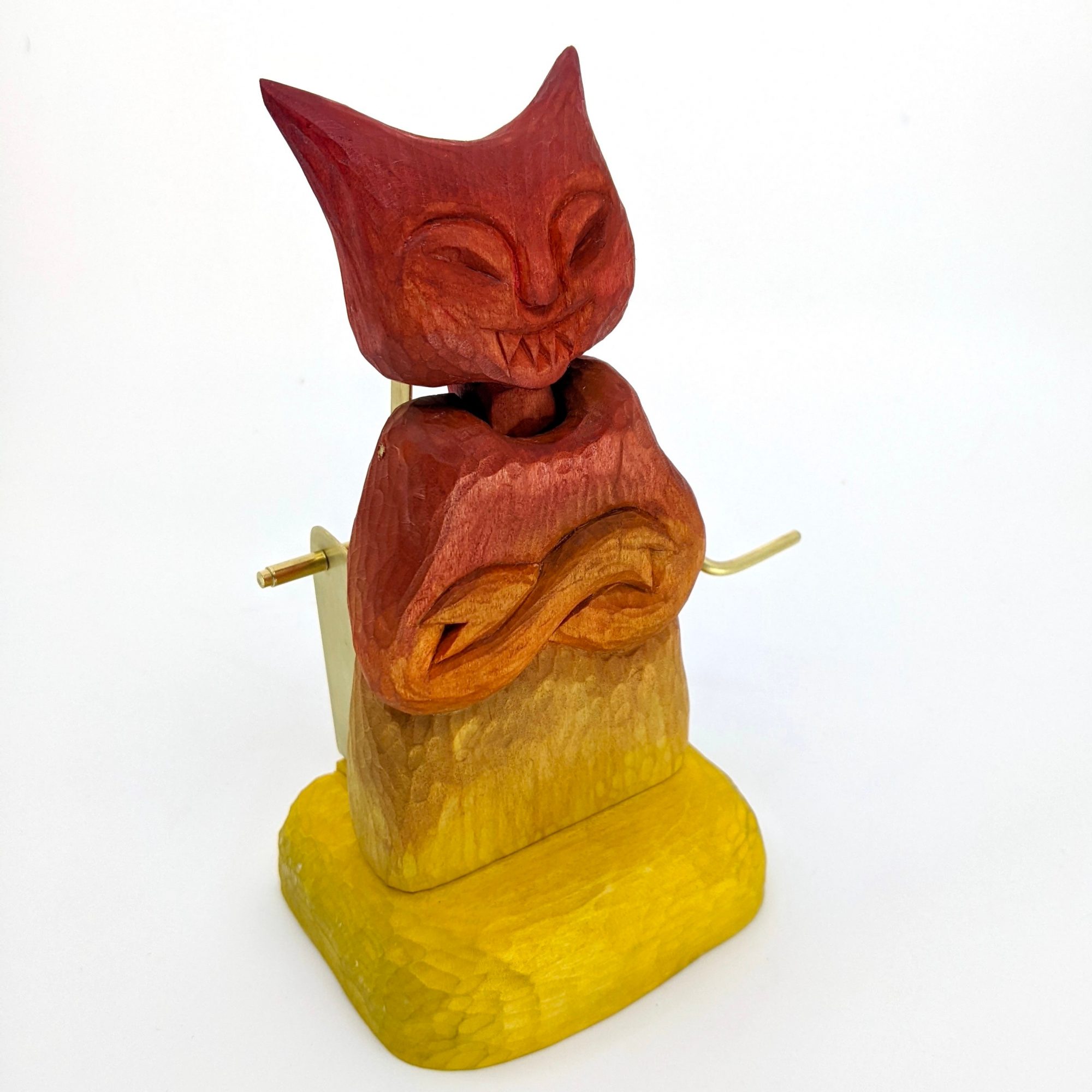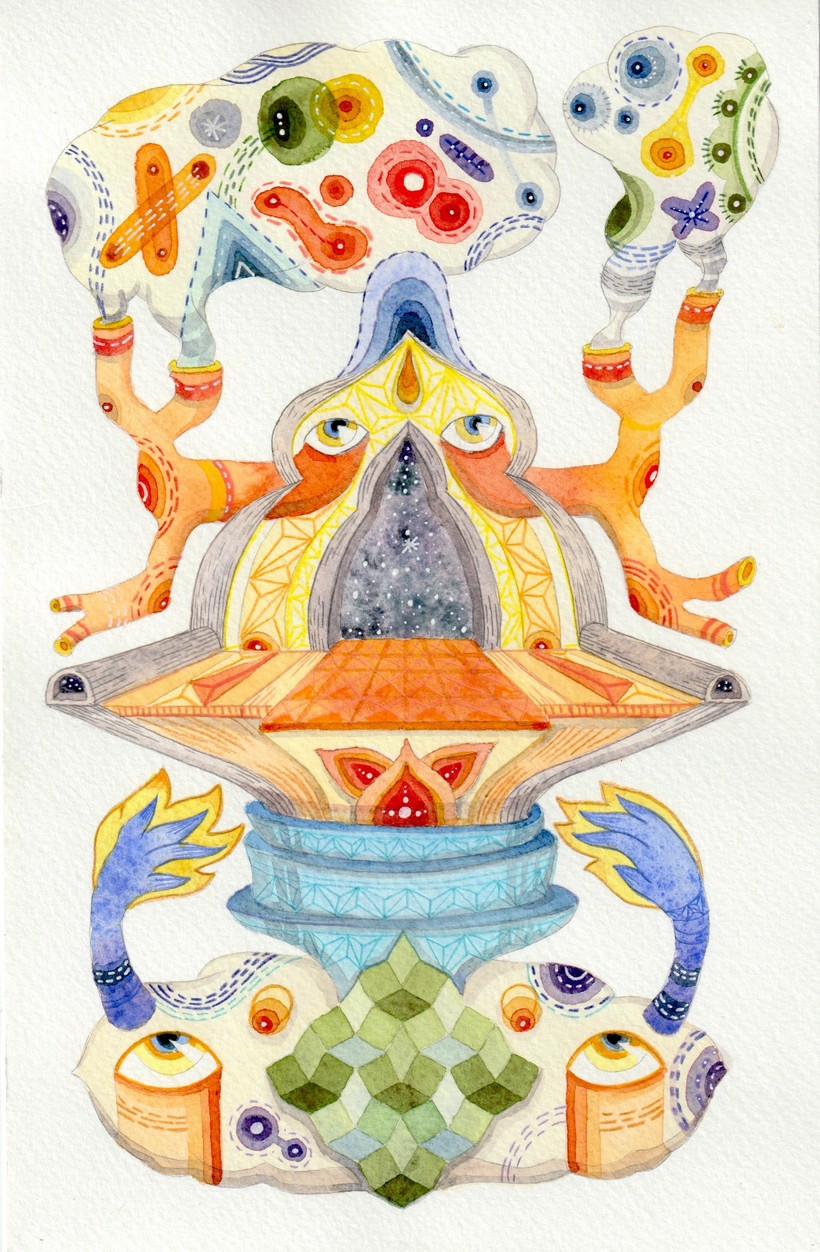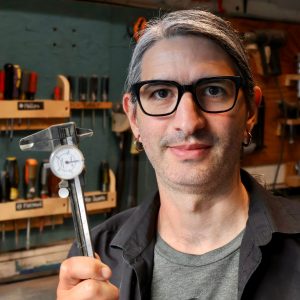
Today we’d like to introduce you to Federico Tobon.
Hi Federico, can you start by introducing yourself? We’d love to learn more about how you got to where you are today?
When I was a kid growing up in Colombia, I used to tell people I wanted to be a scientist. It seemed more interesting than the usual firefighter, policeman, or doctor. Then I really wanted to be a writer as I grew up surrounded by books and I loved reading. This lasted through high school and college. I wrote a lot of short stories, took writing workshops, and scribbled poems in the margins of my notebooks, and because I chose a very academic program, writing felt like my medium.
In my early 20’s, I moved to the US and things started to change. The immigrant life felt like fuel for my writing dreams. Having little money and needing to work in the “real world” felt right after spending most of my life inside a classroom. Like a lot of immigrants, I did many things: I was a tarot card reader at a bar, a waiter, a crepe maker, a construction worker, an apprentice electrician, a solar installer, you name it. I even had a two-week stint as a bike messenger.
But early on, I realized I actually didn’t want to pursue an academic life, and that working with my hands gave me a sense of peace and purpose. My relationship to writing also changed as I felt comfortable writing in Spanish when I was living my life in Spanish, but living my life in English left me somewhere in between. I felt a bit insecure about writing in English and bending its rules to be expressive in the way I felt entitled to do with my native tongue. This pushed me a bit into creating visual work; drawing and doodling had always been there but I hadn’t taken it seriously.
When I looked back at my old notebooks with the poems in the margins, I noticed there were a lot of drawings too, and those were much better than the poems themselves, lol.
I’ve been pursuing visual arts as a serious endeavor since 2012. That year stands out because I wasn’t doing well emotionally, and drawing every day became a sort of pillar for my mental health. I also kept on exploring the different ways in which working with my hands and making things is a source of joy and purpose. So I don’t stop at drawing, I love working with paper, wood, metal or fabric. In that sense, I’m a sort of “curious generalist maker”.
Can you talk to us a bit about the challenges and lessons you’ve learned along the way. Looking back would you say it’s been easy or smooth in retrospect?
These days, I get to make a living doing creative work, and saying that just makes me feel like I’m both privileged and extremely lucky. And that sentence contains two fairly scary words: “creativity” and “work”. I think it takes work to be creative, there is the showing up and doing the thing everyday even if you don’t feel like it, but there is also the part about going into uncomfortable places and learning unappealing things like marketing and filing your taxes as “self-employed”.
I feel lucky for a few reasons. On one side, I like the idea of learning as a sort of lifetime endeavor. This makes it easy to do some of the boring things. I’m also frugal and have an uncanny ability to eat rice and beans every day of the week. This was helpful throughout the years when I had some other job while making art on the side. And like any other lucky bastard, I’ve run into some wonderfully supportive people, my partner first of all, but also friends and acquaintances and communities. In my case doing creative work requires a bit of solitude, but I don’t think one does creative work all alone, I’m not sure there would be a point in that.
To give you a concrete example of a challenge and how I dealt with it, I can tell you about my discomfort with accepting money for my art. Yes, I know It sounds silly, but I’m guessing it is not that uncommon. I figured the only way to get comfortable doing that was by doing it a lot, so I think I’ve been running a sort of exposure therapy on myself for a while. I think it started with a solo show I put together thanks to a friend pushing me to do it and another friend helping me organize it. I followed that a few months later with an experiment where I sold 50 drawings, made throughout 50 consecutive days, with a pricing per drawing that increased one dollar per day, so the first one was $1, the second one $2, the third one $3 and so on… This was someone else’s idea by the way, but it was a good exercise.
I can’t say I don’t struggle anymore with pricing things and coming to terms with the monetary value of my work, but I keep on trying and learning.
Alright, so let’s switch gears a bit and talk business. What should we know about your work?
I make weird and playful drawings and Illustrations. I generally make them available as originals painted on wood or as collections of drawings or mini-visual stories printed as zines. I enjoy making these self-published zines because they can be very affordable to purchase and collect.
For a while, I have also been trying to take the illustrations “out of the page” so to speak by making three-dimensional kinetic models that move with cranks and motors and small editions of pop-up books. The kinetic pieces let me explore the making of curious objects with wood and metal and simple engineering, and the pop-ups let me work with paper. I think this exploration of moving things sets me a little apart; someone I worked with once described me as “the mind of an engineer trapped in the body of an artist”.
Being curious about multiple ways of making things has also led me to work with digital fabrication quite a bit, using computer-assisted design and machines like laser cutters, 3D printers, and pen plotters to make objects. I love the wonkiness and personality of hand-made things, so I’m constantly exploring ways to combine old-school ways of doing things with these new tools. For example, lately I’ve been designing digital patterns that I draw precisely on the page with a pen-plotter and the color with watercolors entirely by hand. I like the contrast between the precision of the pattern and the more unpredictable character of a medium like watercolors.
Are there any books, apps, podcasts or blogs that help you do your best?
Apps:
– Oh no, another creative person from California is talking about meditation! But yes, I have to admit learning to meditate has improved my life. I like the Waking Up App by Sam Harris because it presents the practice without the trappings of woo woo beliefs or religious dogma. It also has talks and conversations with interesting people I listen to sometimes to help me fall asleep. It’s a paid app, but if you can’t afford to try sending them an email, and they will likely give it to you for free.
Books:
There are three books that I gravitate to whenever I’m feeling creatively drained, or stuck or lost. I think they work as a kind of bedside table soothing balm sometimes:
– How to be an Artist by Jerry Saltz
– Art and Fear, Observations On the Perils (and Rewards) of Artmaking by David Bayles and Ted Orland
– The Creative Act by Rick Rubin
YouTube:
– This is kind of niche, but if you are learning to paint with watercolors or want to get into urban sketching, check out **TobySketchLoose** (https://www.youtube.com/@TobySketchLoose) on YouTube. Super-friendly approach, charming UK accent, and helpful tips for all skill levels.
Contact Info:
- Website: https://wolfcatworkshop.com/
- Instagram: https://www.instagram.com/wolfcatworkshop/
- Youtube: https://www.youtube.com/wolfcatworkshop
